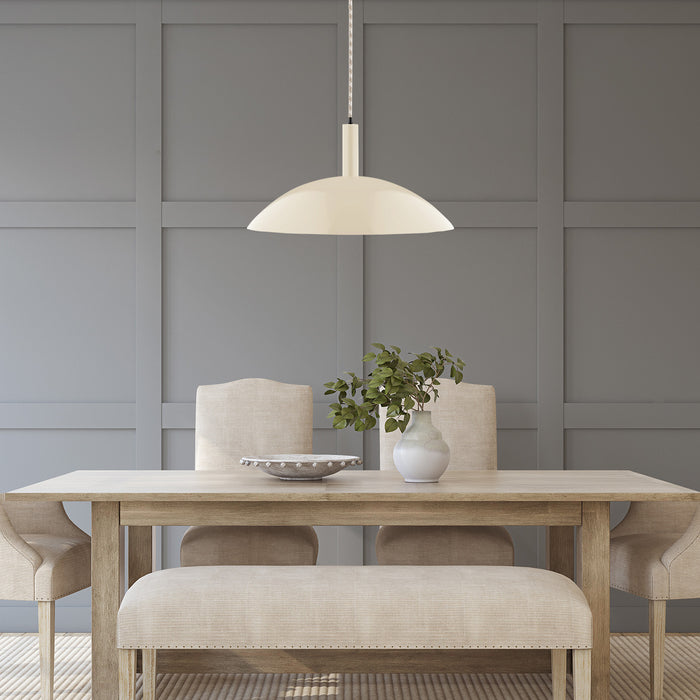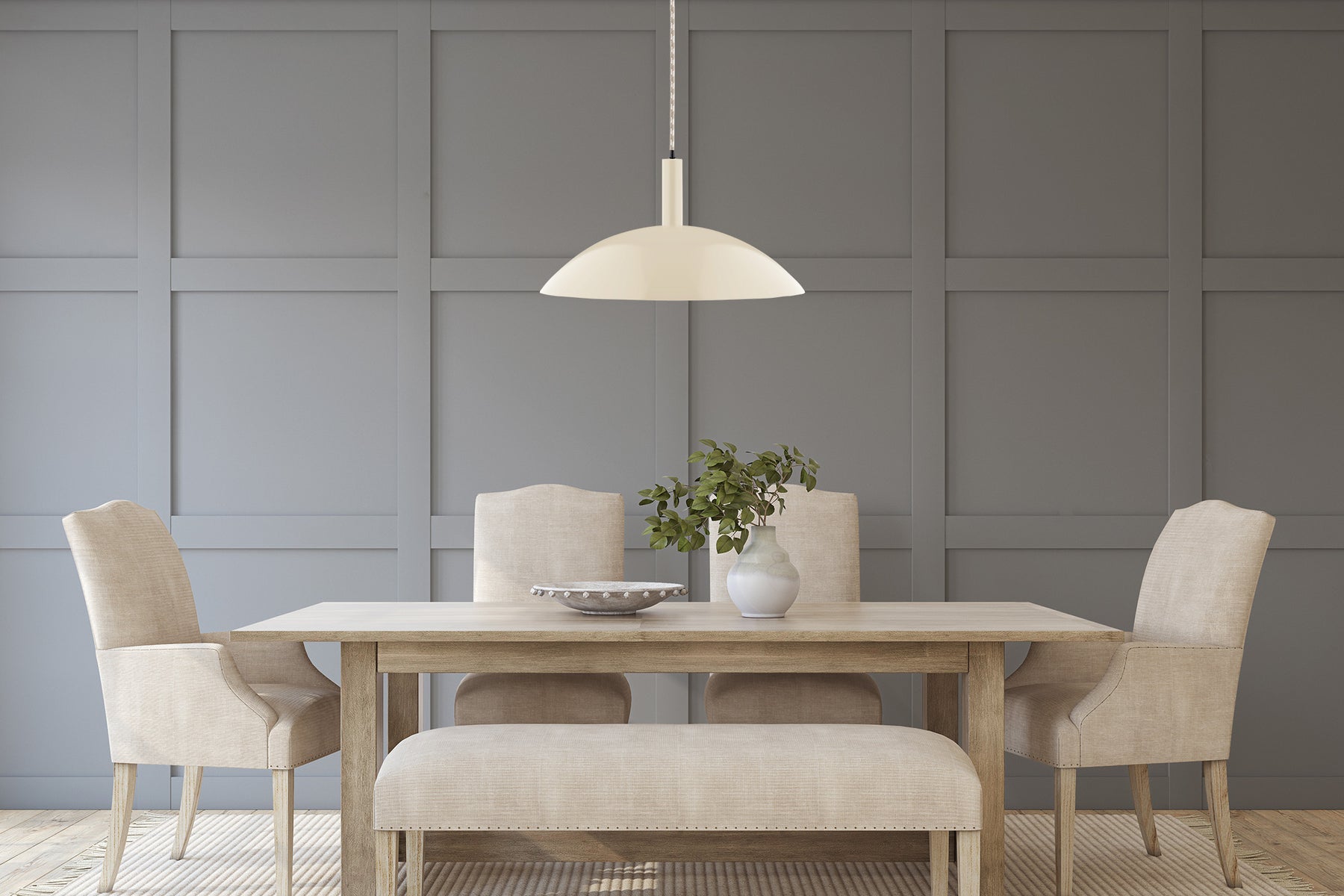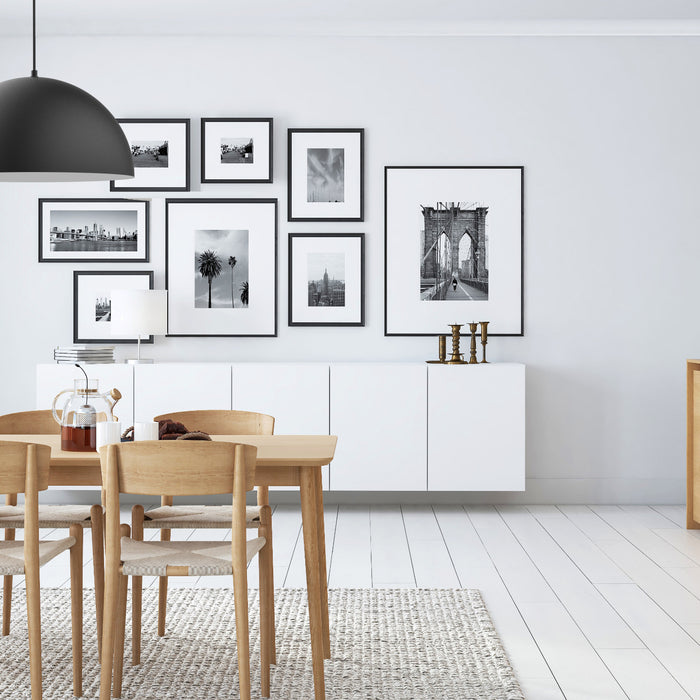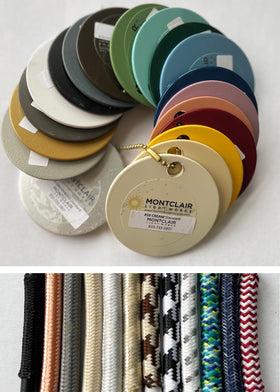

Why a Reflector Shade is important in lighting fixtures.
A reflector is an important component in lighting as it helps to direct and control the light produced by a light source. Reflectors are designed to reflect and redirect light in a specific direction, which can help to increase the brightness of a space, improve visibility, and reduce glare.
In addition, reflectors can also help to improve the energy efficiency of lighting systems by reflecting light that would otherwise be lost or absorbed by surrounding surfaces. By reflecting more light towards the target area, less energy is required to achieve the desired lighting levels.
Reflectors can be found in a variety of lighting fixtures, including task lighting, track lighting, and outdoor lighting. They are typically made from reflective materials such as aluminum or polished metal, and their shape and size can be optimized for specific lighting applications to provide the desired distribution of light.
How are Reflector Shades made?
Metal spinning is a process of forming sheet metal into various shapes using a lathe or spinning machine. Aluminum is a popular material for metal spinning due to its lightweight, high strength-to-weight ratio, and excellent corrosion resistance. Aluminum reflectors are commonly used in lighting fixtures, automotive headlights, and other applications where reflective surfaces are required.
The process of metal spinning aluminum reflectors involves the following steps:
- Material selection: The first step is to select the appropriate grade of aluminum for the reflector. Factors such as reflectivity, durability, and cost are considered when choosing the material.
- Cutting the sheet: The aluminum sheet is cut into a circular shape using a shear or a laser cutter.
- Preparing the blank: The blank is mounted onto a mandrel, which is then secured onto the spinning machine. The edges of the blank are trimmed to ensure that it is perfectly round.
- Spinning the reflector: The spinning machine rotates the mandrel while the metal worker applies pressure to the blank using a spinning tool. The metal is gradually forced to conform to the shape of the mandrel, creating a smooth, reflective surface.
- Finishing: The reflector is removed from the mandrel and any excess material is trimmed off. The surface is polished to achieve the desired level of reflectivity.
Metal spinning is a cost-effective method of producing aluminum reflectors in large quantities, as it allows for precise control over the shape and thickness of the material. It is also a versatile process that can be used to create a wide range of shapes and sizes.
Blog posts
-
 Reflectors can be found in a variety of lighting fixtures, including task lighting, track lighting, and outdoor lighting. They are typically made from reflective materials such as aluminum or polished metal, and their shape and size can be optimized for specific lighting applications to provide the desired distribution of light.Read now
Reflectors can be found in a variety of lighting fixtures, including task lighting, track lighting, and outdoor lighting. They are typically made from reflective materials such as aluminum or polished metal, and their shape and size can be optimized for specific lighting applications to provide the desired distribution of light.Read now -

Medium Base vs Integrated LED?
When it comes to choosing between a medium-based socket and an integrated LED, there are a few factors to consider.Read now


